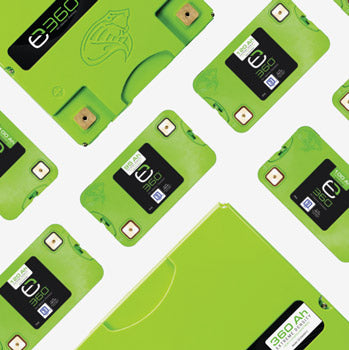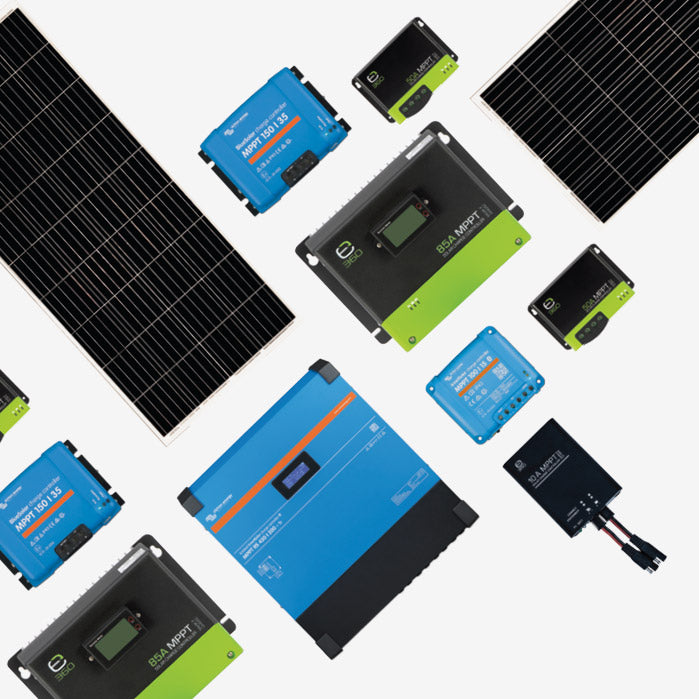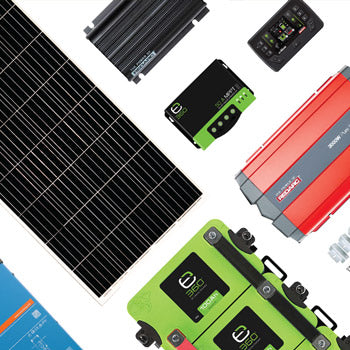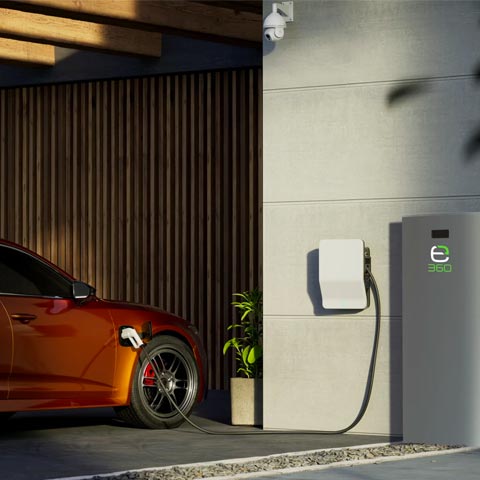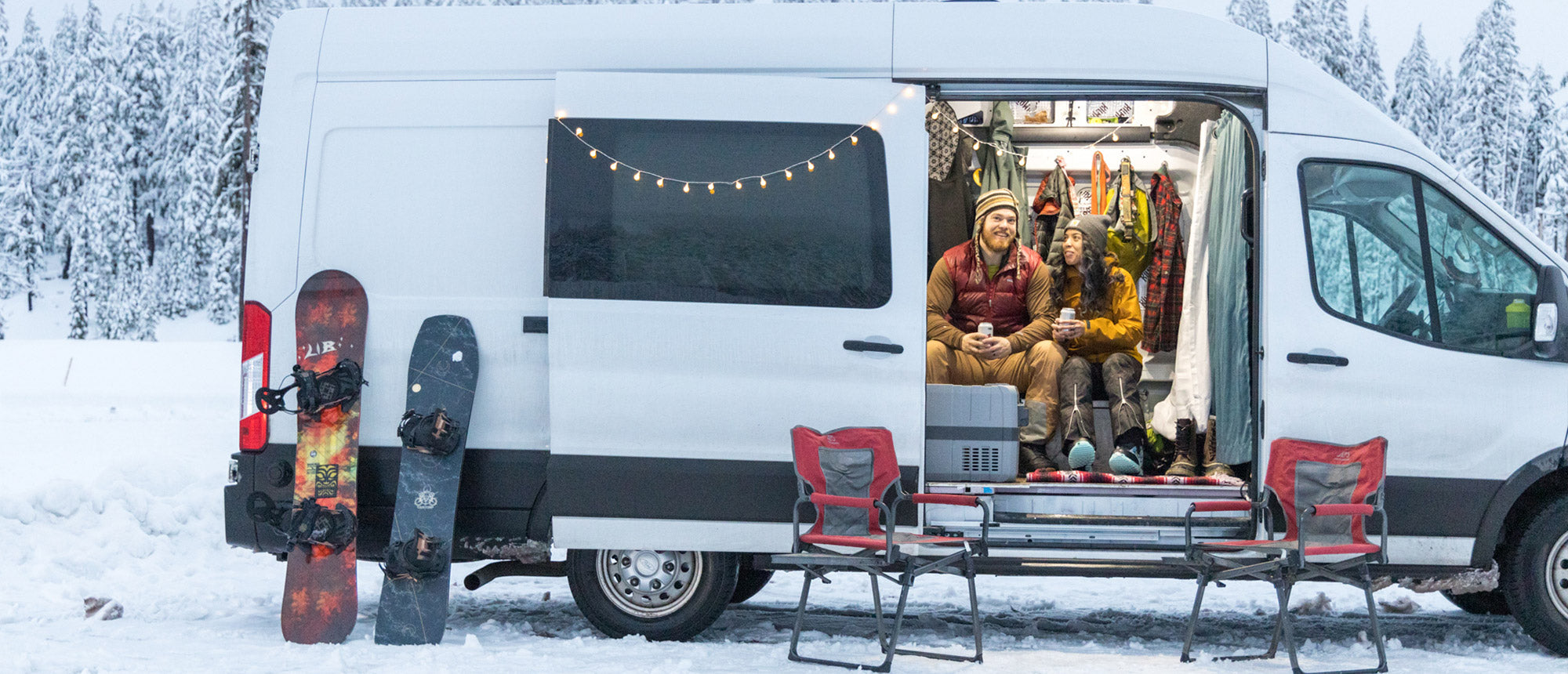Lithium iron phosphate batteries are safer, more durable, charge more efficiently, and offer a longer lifespan than traditional lead-acid batteries. At Expion360, we use the gold standard in lithium chemistry, LiFePO4, which ensures peak performance in all of our products.
Our Expion360 Group 24 and Group 27 battery cases have an IP66 (ingress protection) rating. This means it’s protected from total dust ingress (first digit = 6) and from high-pressure water jets from any direction (second digit = 6). The battery is not meant for total liquid immersion, however.
The charging temperature range is 32 ℉ to 140℉ (0 to 60 C). The discharge temperature range is -4 ℉ to 140 ℉ (-20 C to 60 C). At 140 ℉ (60 C), the battery management system will automatically shut the battery down regardless of charging or discharging. If there is amperage going into the battery, it will shut the battery down at 32℉. Additionally, if the battery is resting or there is amperage being drawn from the battery, it will not shut down until -4℉. We offer a thermal jacket kit to enhance cold-weather operation.
Expion360 lithium iron phosphate batteries can be discharged down to 9.5Vdc, which equates to 100% of their amp hour rating without any long-term effect. Additionally, if you adjust your charging/discharging to utilize 80% depth of discharge, you can increase your total available life cycles.
If the temperature gets too high or too low during charging or discharging, the BMS will disconnect the battery for its protection. Once the temperature returns to the normal range, the BMS will reset the battery.
Parallel or series wiring is a requirement determined by the application itself.
Wiring batteries in parallel maintains the same voltage as each identical battery but adds the current rating of each battery (i.e. (2) -12Vdc/100Ah batteries in parallel = 12Vdc/200Ah).
Wiring batteries in series adds the voltages of each identical battery and maintains the same current rating of each battery (i.e. (2) – 12Vdc/100Ah batteries in series = 24Vdc/100Ah). Therefore, your application’s voltage and current requirements will determine the most optimum wiring configuration for your batteries.
Note: This could mean a combination of series and parallel wiring based on your voltage and current requirements.
The short answer is yes. There’s a common mistake made when wiring parallel banks of batteries. If you connect your positive and negative system leads to one end of a parallel connected battery bank, you can end up with an overworked and overcharged battery that is at the end of the chain where your power leads are connected. In this case, the battery located at the opposite end of the chain will be undercharged.
You can put up to four batteries in series configurations. If wired correctly, there’s theoretically no limit to parallel connections, however we recommend limiting the number to a maximum of 4 batteries in parallel per string of batteries.
Note: It’s critical that you don’t mix batteries of different ages, sizes, or manufacturers in a given battery bank.
It’s imperative that you only use a charger with the proper amperage capacity and designed to comply with lithium iron phosphate batteries (i.e., CC/CV 2 stage).
We suggest you verify the wiring configuration and performance capacity for every installation. Improper wire sizing or loose fittings can cause poor performance or even hazardous conditions due to the heat created by poor connections. You should also verify the other components in your system to make sure that they are sized correctly for the amount of current your new Expion360 batteries will provide to your system. Our batteries are not designed to replace starter batteries.
The automatic shutoff is correct and shuts all loads and inverters off at your user-specified voltage. The battery has separate protection that will take place at 9.2Vdc +/-0.1V. At 11.2 Vdc, the batteries had not quite met the shutdown limit.
"Thanks again for taking the time to help answer my questions. It's great to be able to talk to guys who understand the WHY, not just the HOW."

